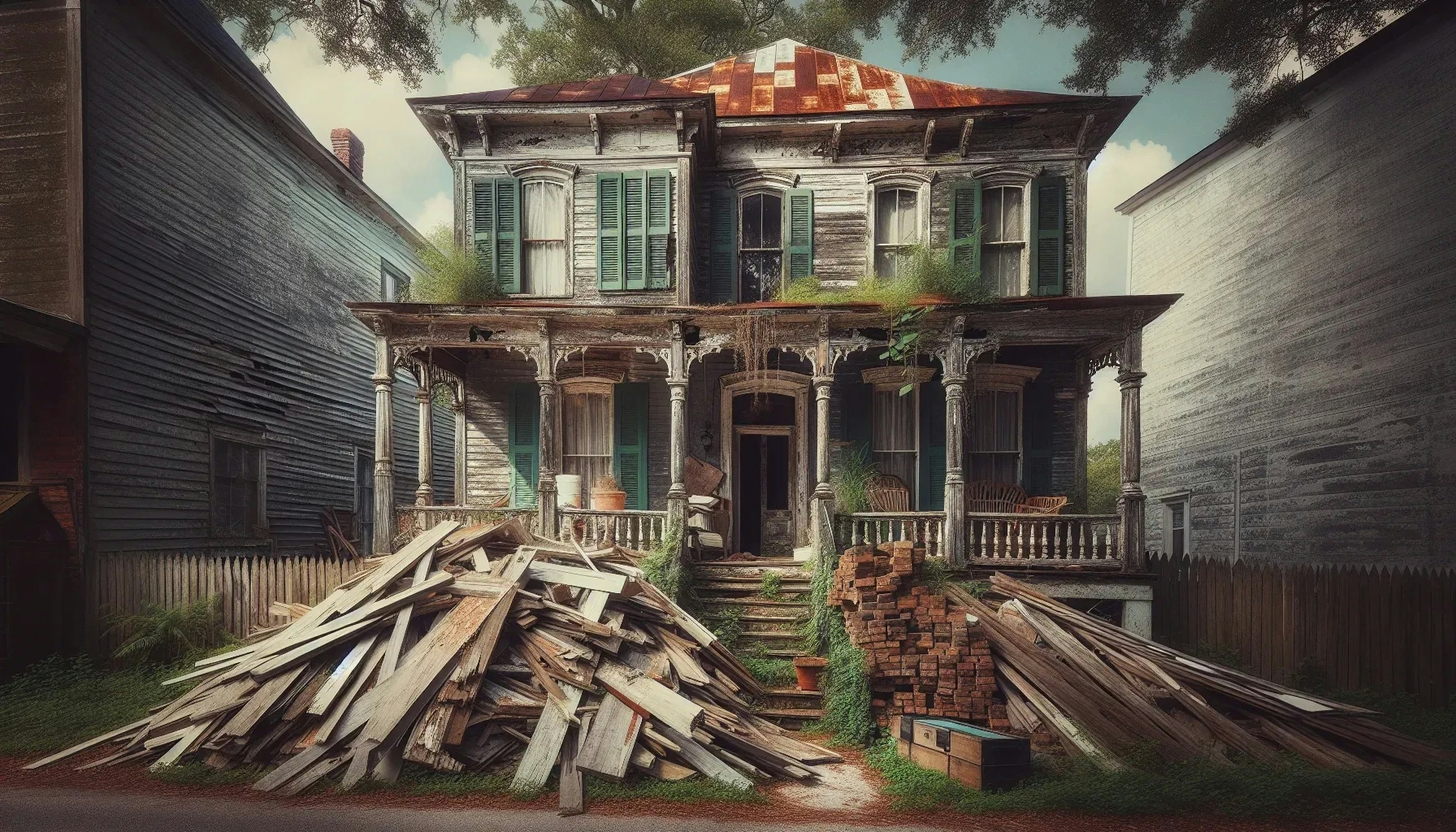Embarking on a historic home renovation project can be a thrilling yet daunting task. This blog post aims to guide you through the process, providing valuable insights and tips to ensure your renovation respects the home's history while meeting modern standards.
Understanding the Importance of Historic Home Renovation
Renovating a historic home is not merely about updating an old structure. It's about preserving a piece of history, a tangible link to our past. These homes have unique architectural features and materials that modern homes often lack. They tell a story, and renovating them allows us to keep that story alive.
However, historic home renovation comes with its own set of challenges. These homes were built in a different era, with different building codes and materials. Therefore, it's crucial to approach these projects with a deep understanding of the home's history and architectural style.
Researching Your Home's History
Before you start your renovation project, spend some time researching your home's history. This will help you understand its architectural style, the materials used, and any historical events associated with it.
You can start by visiting your local library or historical society. They often have old maps, photographs, and documents that can provide valuable information about your home. You can also talk to your neighbors, especially if they've lived in the area for a long time. They might have stories or information that can help you understand your home better.
Planning Your Renovation
Once you've gathered enough information about your home, it's time to start planning your renovation. This involves deciding which parts of the home to preserve, which parts to update, and how to blend the old with the new.
Start by identifying the key architectural features of your home. These are the elements that define its character and should be preserved as much as possible. Next, identify the areas that need updating. This could be anything from the plumbing and electrical systems to the kitchen and bathrooms.
Working with Professionals
Renovating a historic home is not a DIY project. It requires the expertise of professionals who understand the intricacies of these homes.
Look for contractors who specialize in historic home renovation. They will have the knowledge and experience to handle the unique challenges that these projects present. Also, consider hiring an architect or designer who has experience with historic homes. They can help you create a design that respects the home's history while making it comfortable and functional for modern living.
Navigating Building Codes and Regulations
Historic homes often fall under specific building codes and regulations designed to preserve their historical integrity. These can affect what you can and can't do during your renovation.
Before you start your project, check with your local building department or historic preservation office. They can provide you with the necessary information about any restrictions or requirements for your home.
Preserving the Character of Your Home
The goal of a historic home renovation is not to turn an old home into a new one, but to preserve its character while making it livable for today.
This means respecting the original architectural style and materials, preserving key features, and using renovation methods that are sympathetic to the original construction. It's about finding the balance between preservation and modernization, and creating a home that honors its past while accommodating its future.
Wrapping Up Your Historic Home Renovation
Renovating a historic home is a journey through time, filled with challenges and rewards. With careful planning, research, and the right professionals, you can breathe new life into an old home, preserving its history for future generations to enjoy. Remember, it's not just about creating a beautiful home, but about honoring and preserving a piece of history.

